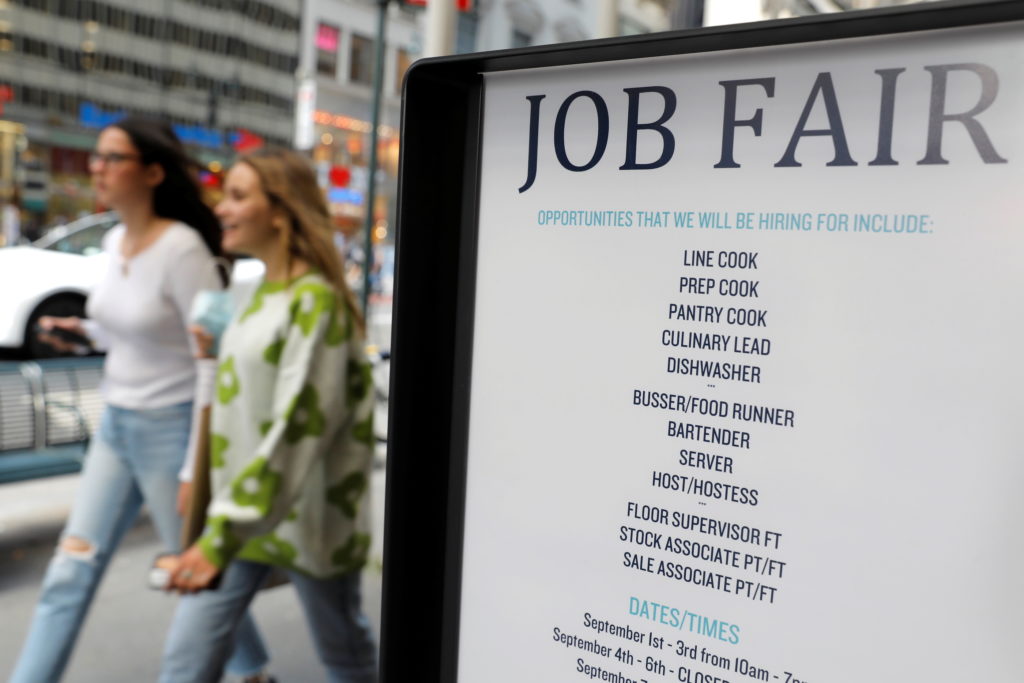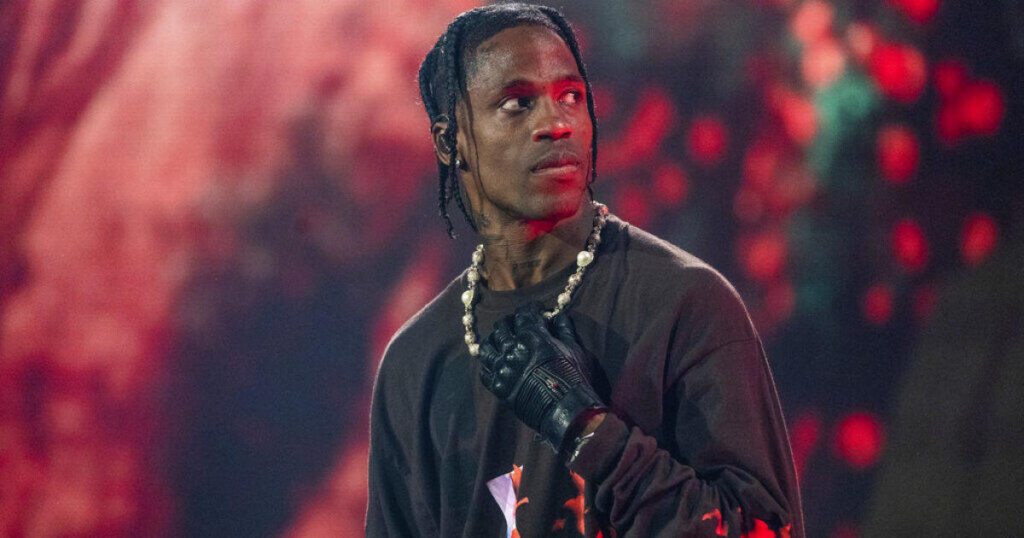 The latest jobs report showed stronger than expected gains last month and found more jobs were created in August and September than previously estimated.The private sector gained momentum, with the leisure and hospitality sector adding 164,000 jobs.The professional business sector grew by 100,000; manufacturing by 60,000.Diane Swonk, chief economist at Grant Thorton, joins Amna Nawaz with more.
The latest jobs report showed stronger than expected gains last month and found more jobs were created in August and September than previously estimated.The private sector gained momentum, with the leisure and hospitality sector adding 164,000 jobs.The professional business sector grew by 100,000; manufacturing by 60,000.Diane Swonk, chief economist at Grant Thorton, joins Amna Nawaz with more.
Read the Full Transcript
Judy Woodruff:
As we reported, the latest jobs data showed significant growth across different sectors of the economy, a promising sign of recovery in the wake of the COVID-19 Delta variant surge.
Amna Nawaz explains.
Amna Nawaz:
That’s right, Judy.
Not only did the government report stronger-than-expected gains last month, but it also found more jobs were created in August and September than had been previously estimated.
Last month, the private sector picked up momentum, with the leisure and hospitality sector adding 164,000 jobs.The professional business sector grew by 100,000, manufacturing by 60,000 more jobs.
Joining us from Chicago to explain what this means is Diane Swonk.She’s the chief economist at Grant Thornton.That’s a financial services firm.
Diane, welcome back to the “NewsHour.” Thanks for being with us.
I wonder, big picture, you see these job numbers growing, unemployment dipped slightly.
Overall, when you look at these, where are the picture it paints of where we are in the recovery?
Diane Swonk, Grant Thornton:
Well, it means that we’re finally making more progress again towards healing.We haven’t fully recouped all the jobs lost, but we’re whittling away at it much more rapidly.And I think we’re going to see an acceleration once we go into November and December.
The number of people who actually couldn’t work because they were ill actually fell by 150,000 between September and October, again, a sign of the Delta wave easing its pressure on the U.S.economy that we saw over the summer.And even then, as we already heard, the economy was much more resilient during the summer.
Also more important to note is how the private sector accelerated job gains and offset declines in education, which is a problem, but the good news is, they’re picking up the baton from the public sector at a critical time, when many people have lost, millions have lost the unemployment benefits they had in September and the supplements to those benefits that lapsed in early September.
Amna Nawaz:
A few details that add some nuance to that report related to that, in fact, labor force participation did remain flat, right around 61, 62 percent.
So about 100,000 more people did enter the work force, but millions still stayed out.That means there were still worker shortages.
A lot of people thought that would change when those unemployment benefits went away and school started back up.How do you look at that work force number?
Diane Swonk:
That is one of the biggest problems out there.
Not only did we have 1.5 million excess retirements above the trend we had seen pre-pandemic during the pandemic.We don’t know if those workers that are staying on the shadow, on the sidelines are actually going to come back.
We also had lost a lot of workers to long-haul COVID as well.There’s over a million workers that currently are struggling with long-haul COVID, which is a disability.They have not applied for disability yet.
But that may be something we see going forward.
But most importantly are the — is the need to provide care, child care in particular.Not only did we see education employment continue to fall.School districts across the country have struggled to try to compete with the Amazons and Walmarts of the world to put support staff in place for many of the after-school programs that make it possible for low-wage parents and single parents to actually get back into the work force.
That’s really a hurdle out there.We also saw child care continue to decline, so — in terms of employment.So that child care aspect of it, getting women back in the labor force, although they upticked in their participation a bit, that was after losing ground in September.We’re still missing a lot of women that were hardest hit by the initial layoffs.
Amna Nawaz:
Diane, we know the recovery has not been equal for everyone.
I want to take a look at some numbers from earlier this year to see if it remains the same.
When you look at states that had higher vaccination rates vs.
lower ones and how the recovery is going — this is according to Fitch Ratings, a market analysis firm, numbers between March and August.
Vermont, which had a very high vaccination rate of 75 percent, saw an increase, 23 percent of those jobs coming back.Wyoming, on the other hand — and this is, again, from March to August — a very low vaccination rate of 44 percent, and they saw an 8 percent decrease in the number of jobs.
Has that trend, Diane, higher vaccination rate, faster recovery, has that continued?
Diane Swonk:
Well, what we’re seeing out there, that is part of the trend.
And it’s layered on top of the idea that, when we have less fear of contagion, we can congregate more and go to places that are vacation hot spots.We can travel more.We can do all the things that we want to do, see each other more.We can go and get medical visits that we deferred during the crisis.
That didn’t happen as much during the summer during the Delta wave.
And those vaccination rates did play a role because they happen to be in places that also were hit hardest by some of these service sector losses.We are seeing places that do have higher vaccination rates, like New York City, where people aren’t returning as much to their offices.
The work-from-home phenomena has also been a problem of getting workers — not having workers where the jobs are.
The jobs are in the suburbs and vacation hot spots now.And, of course, the workers in urban areas don’t have a way of getting there.Or, if they do, the cost of commuting has gone up so much that, even with the wage gains we have seen at those lower wage jobs, are making it a hard time for them to apply for them.
Amna Nawaz:
And even with the picture of recovery, I believe we’re still four million jobs below where we were at that peak back in February of 2020.
Diane Swonk joining us tonight, chief economist at Grant Thornton, from Chicago, thank you so much for your time.
Diane Swonk:
Thank you..
